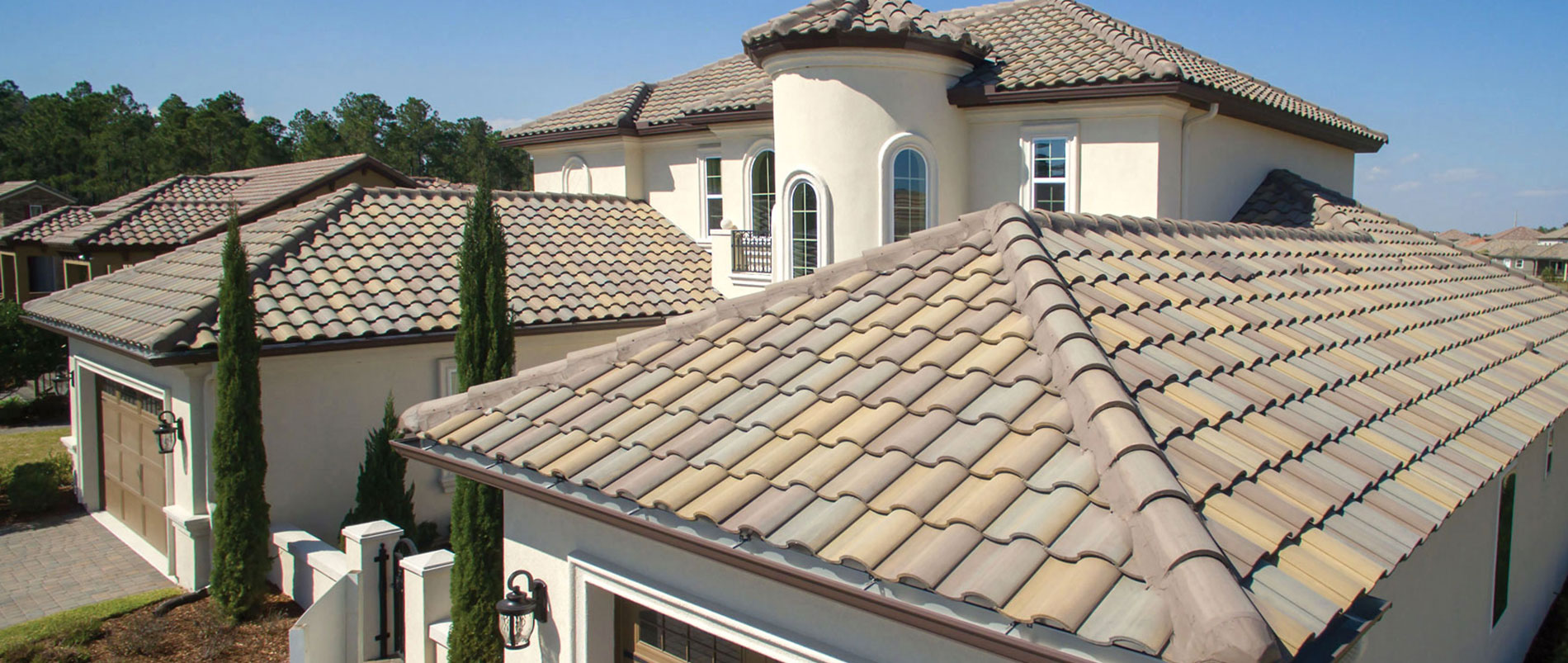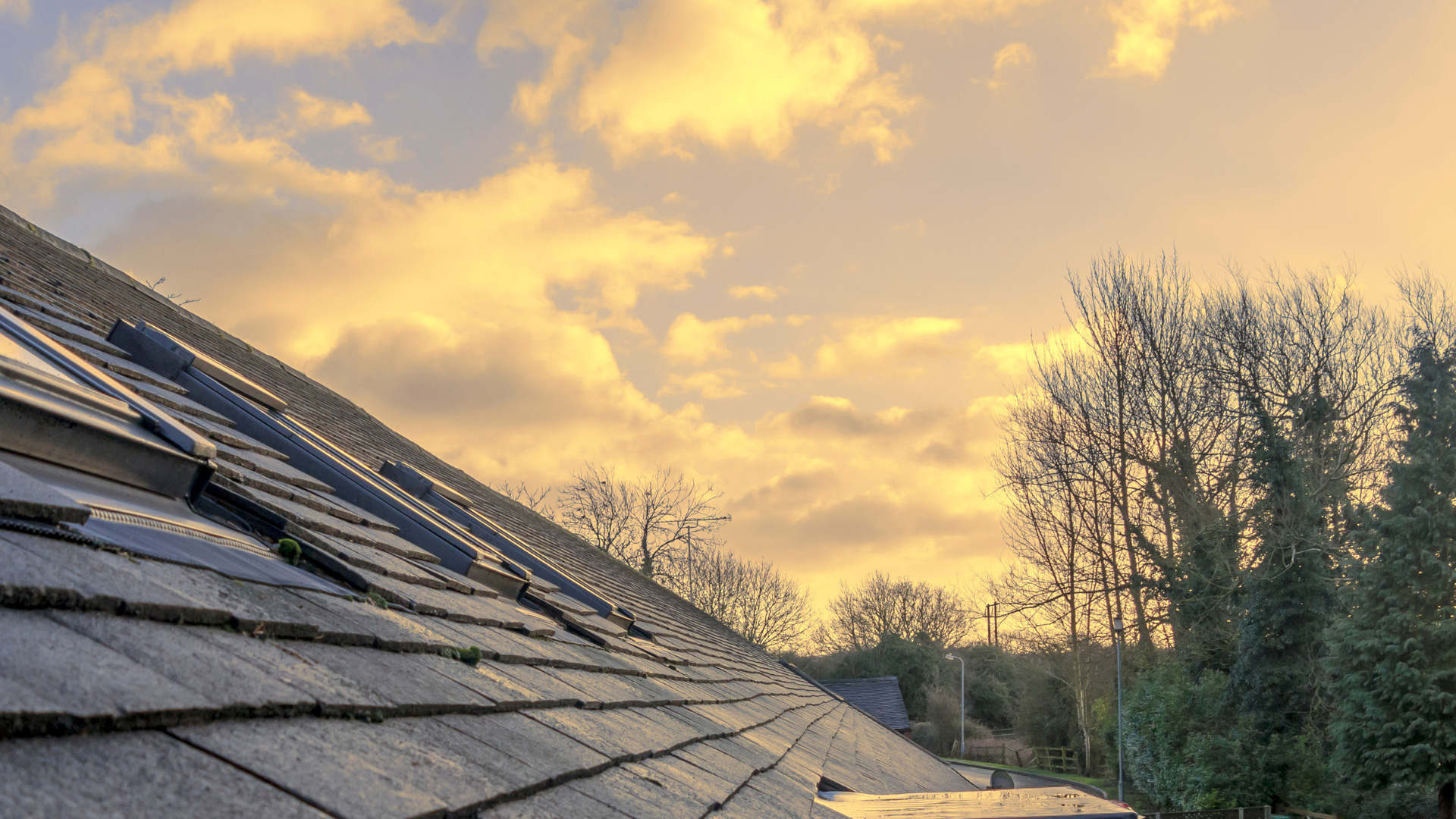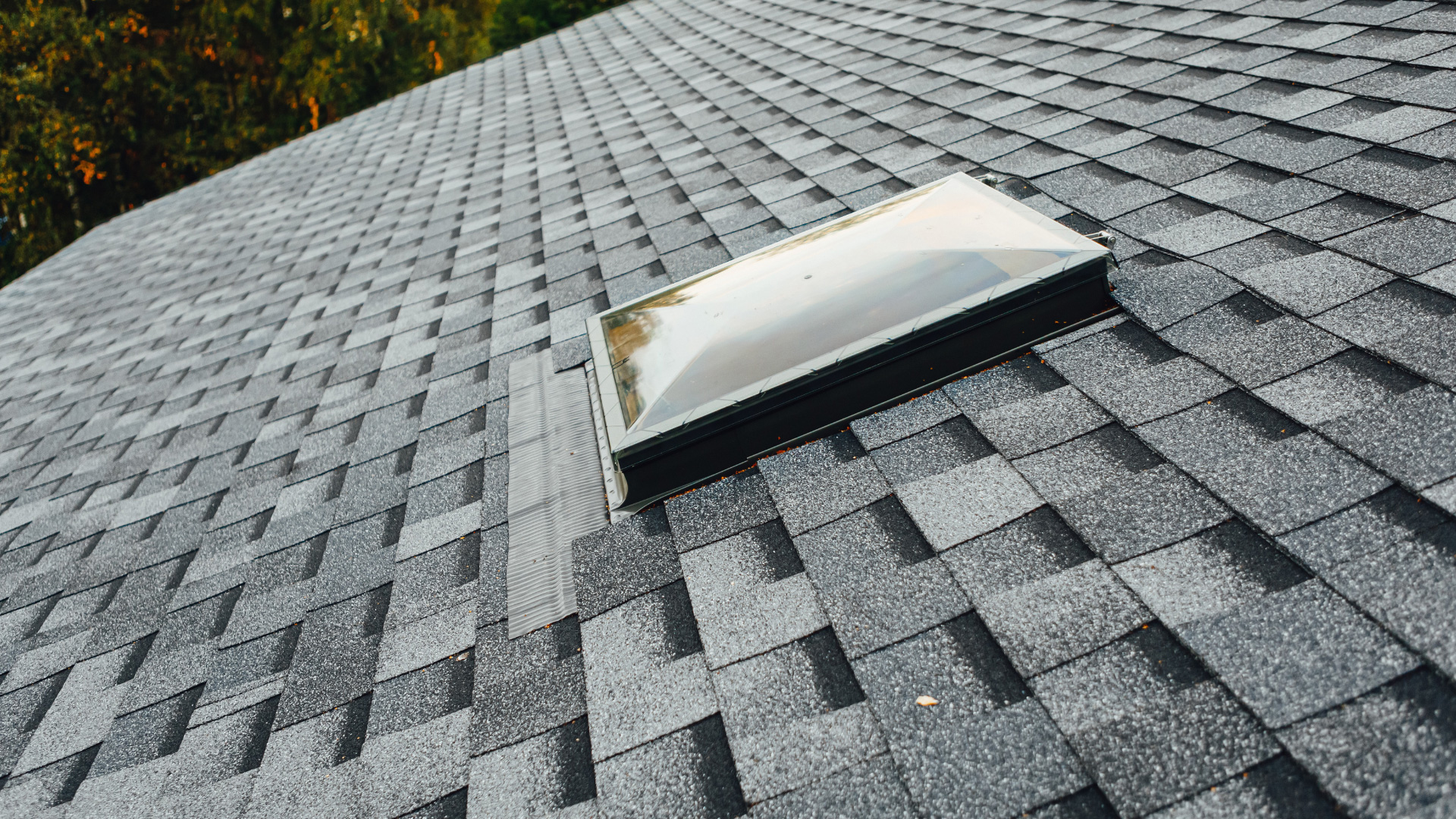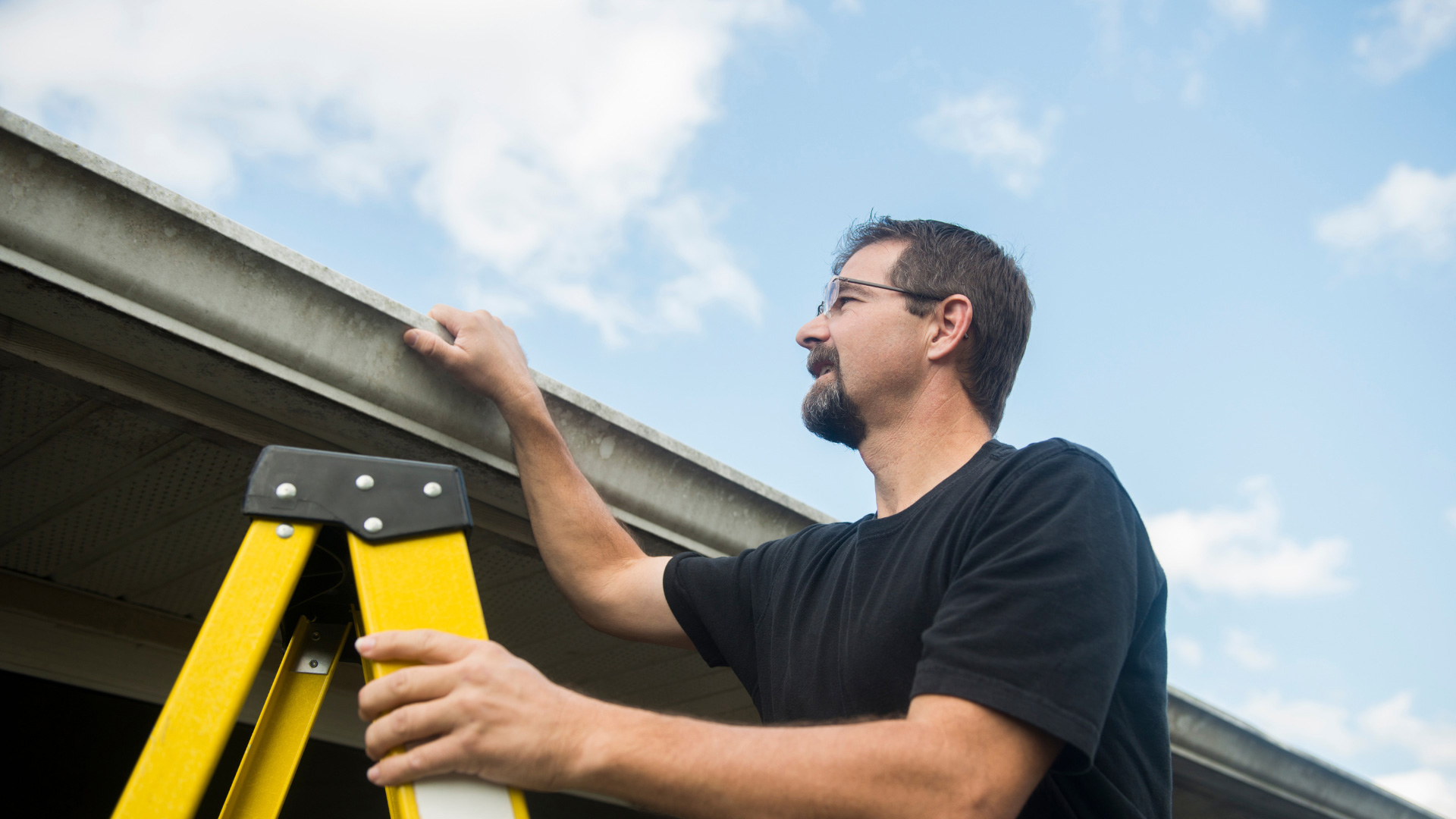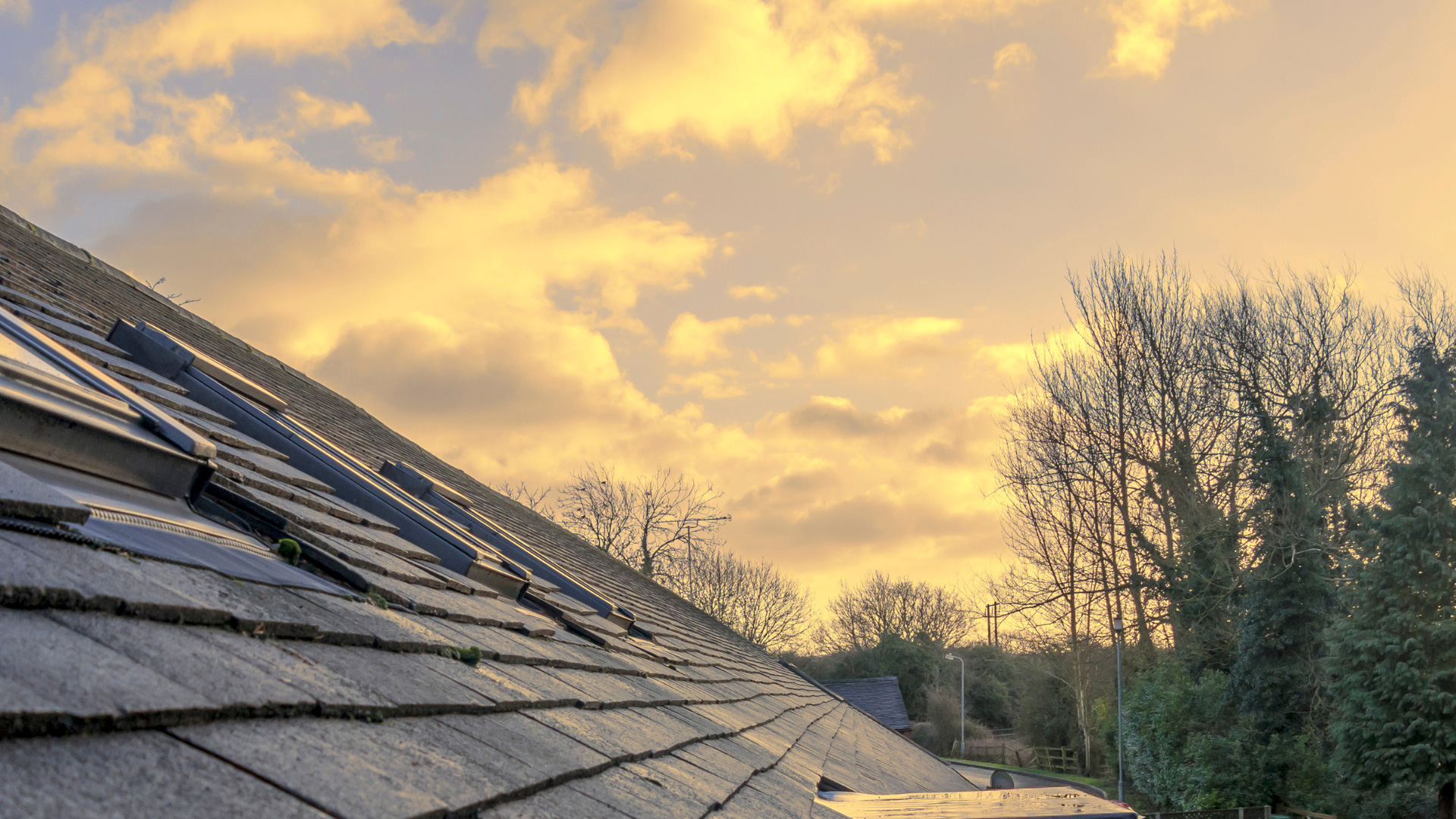Great roofing and can make your home look fantastic and stand out in your neighborhood. But even the best roofing materials can succumb to the elements and spring a leak here and there. That’s why roof leak barriers are necessary to provide an added layer of protection against rain, moisture, and high winds.
But choosing the right type of protection for your home can be challenging; there are various products available, each with its unique benefits and drawbacks. This blog post will discuss which types of roof leak barriers are best suited for specific scenarios to help you make an informed decision.
3 Best Roof Leak Barriers
There are three main options when choosing the best underlayment for your roofing project: traditional felt, synthetic, and peel-and-stick synthetic – all offering different benefits for your home. However, there is an overall standout; when dealing with valleys, only one option can give you that smooth, finished look.
Traditional Roofing Felt
Felt roofing underlayment, also called felt paper, is made of a combination of polyester and plant fibers saturated in bitumen (asphalt). It is the classic version of underlayment and is generally inexpensive compared to other options.
Although it is economical, felt comes with a few drawbacks. For example, it isn’t easy to lift it into place due to its weight, so rolls tend to be shorter than most materials. It is also less resistant to tear than other roof leak barriers.
Rubberized Roofing Underlayment
Rubberized roofing underlayment, also called peel-and-stick underlayment, protects your home from adverse weather conditions. These unique products consist of a peel-and-stick rubber membrane, with one side smooth and another covered in waterproof adhesive known as butyl. The combination of these materials provides unparalleled protection – creating a reliable barrier that can stand up to everything climate throws at it.
Synthetic Underlayment
Synthetic underlayment is becoming increasingly attractive to roofers. They are lightweight sheets composed of woven or spun polyethylene and polypropylene fibers. This material provides a reliable barrier against weather elements and can come with larger square footage per roll than other roof leak barriers.
The synthetic material is highly tear-resistant and doesn’t necessarily require immediate covering like felt. As a result, it is an ideal choice among professionals looking for solutions that maximize production time without compromising quality results.
Factors to Consider When Choosing the Best Roof Leak Barriers
When choosing materials that best suit your roofing project, it is prudent to put the following factors into account:
Type of Roof
Type of roofing and roofing materials used determines the specific type of roof leak barrier to be used:
- Metal roofing-requires peel and stick/rubberized underlayment due to the frequent expansion and contraction of metallic panels.
- Asphalt shingles-suitable for almost all roof leak barriers
- Slate and tiles roofs-most manufacturers recommend the traditional roofing felt for these classic roofing materials.
Climate
Climate is one of the critical factors in determining the best roof underlayment for a particular region. For example, rubber is ideal in cooler regions where snow and ice are common or warmer areas with high temperatures.
The synthetic material may be most suitable in mild climates because it can simultaneously permit ventilation and shield against moisture penetration – but felt can also provide effective coverage!
Your Neighborhood Roofing Experts
With many roof leak barriers available and several factors to consider before settling on the best material, choosing the right one on your own may be a daunting process. At Solar Optimum, we can help you throughout the entire process to ensure maximum roof protection and optimize solar energy collection, storage, and usage. Contact us today to get started.
